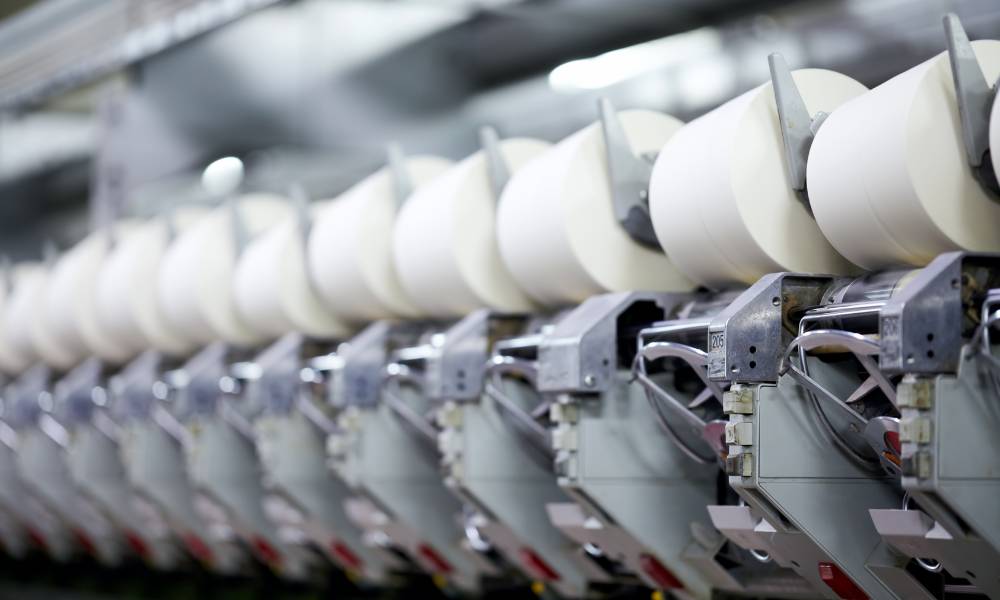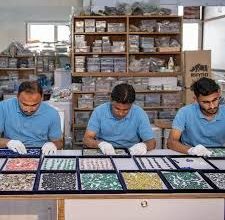In the world of textiles, spinning mills play a crucial role in transforming raw fibers into yarns, which serve as the foundation for fabrics and garments. This article delves into the fascinating art of spinning and sheds light on the inner workings of spinning mills, where the magic of yarn production happens. Join us on this journey as we unravel the intricacies of the spinning process, the types of spinning mills, and their impact on the textile industry.
What is Spinning?
Spinning is an age-old process that involves converting natural or synthetic fibers, such as cotton, wool, or polyester, into continuous threads known as yarns. These yarns are then woven or knitted into fabrics that form the basis of various textile products we use in our daily lives.
The Spinning Process
1. Carding: Untangling and Aligning Fibers
The spinning process starts with carding, where fibers are passed through machines with fine teeth that untangle and align them. This creates a thin web of fibers known as a carded sliver.
2. Drawing: Blending and Reducing Thickness
The carded sliver is drawn through machines that blend fibers from multiple sources and reduce its thickness. This process ensures uniformity and strength in the final yarn.
3. Roving: Preparing for Spinning
Next, the drawn sliver is further attenuated and twisted to form a roving. The roving is a long and narrow bundle of fibers, ready for the final spinning stage.
4. Spinning: From Roving to Yarn
In the spinning stage, the roving is twisted and pulled to create a continuous yarn. This can be done using different spinning techniques, including ring spinning, open-end spinning, and air-jet spinning, each having its advantages and applications.
Types of Spinning Mills
1. Conventional Spinning Mills
Traditional spinning mills follow a sequential process where fibers are passed through each stage one after another. They are well-suited for producing high-quality yarns but might have slightly lower production rates compared to modern methods.
2. Compact Spinning Mills
Compact spinning mills utilize advanced machinery to improve the efficiency of the spinning process. By removing excess fibers and reducing yarn hairiness, compact spinning achieves better yarn strength and fabric quality.
3. Open-End Spinning Mills
Open-end spinning mills differ from conventional mills as they do not employ a roving stage. Instead, fibers are directly fed into the spinning rotor, making the process faster and more suitable for producing bulk quantities of yarn.
4. MVS Spinning Mills
MVS (Murata Vortex Spinning) mills are known for their ability to produce high-quality, fine, and unique yarns. By introducing a vortex-like airflow, these mills create yarns with enhanced characteristics.
The Impact of Spinning Mills on the Textile Industry
Spinning mills form the backbone of the textile industry and significantly influence its dynamics. Here’s how they impact the industry:
1. Increased Yarn Production
The advent of modern spinning techniques has led to a substantial increase in yarn production, catering to the growing demand for textiles worldwide.
2. Enhanced Fabric Quality
Spinning mills that adopt newer technologies can produce yarns with reduced defects and improved fabric quality, meeting the high standards expected by consumers.
3. Innovation in Yarn Types
With various spinning methods available, spinning mills contribute to the creation of innovative yarn types, expanding the possibilities in textile design.
Conclusion
In conclusion, spinning mills play a vital role in the textile industry by transforming raw materials into high-quality yarn. These mills have evolved over time to incorporate advanced technology and processes that improve efficiency and productivity. By exploring the world of spinning mills, we gain a deeper understanding of the intricate art behind textile production and appreciate the craftsmanship involved in creating the fabrics we wear every day.
As consumers, it is important to support sustainable and ethical practices within the spinning industry, ensuring that workers are treated fairly and environmental impact is minimized. So next time you put on your favorite garment, take a moment to appreciate the journey it has taken from raw material to a work of art created by skilled spinners in spinning mills. Read More>>




